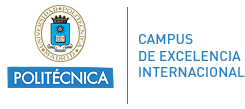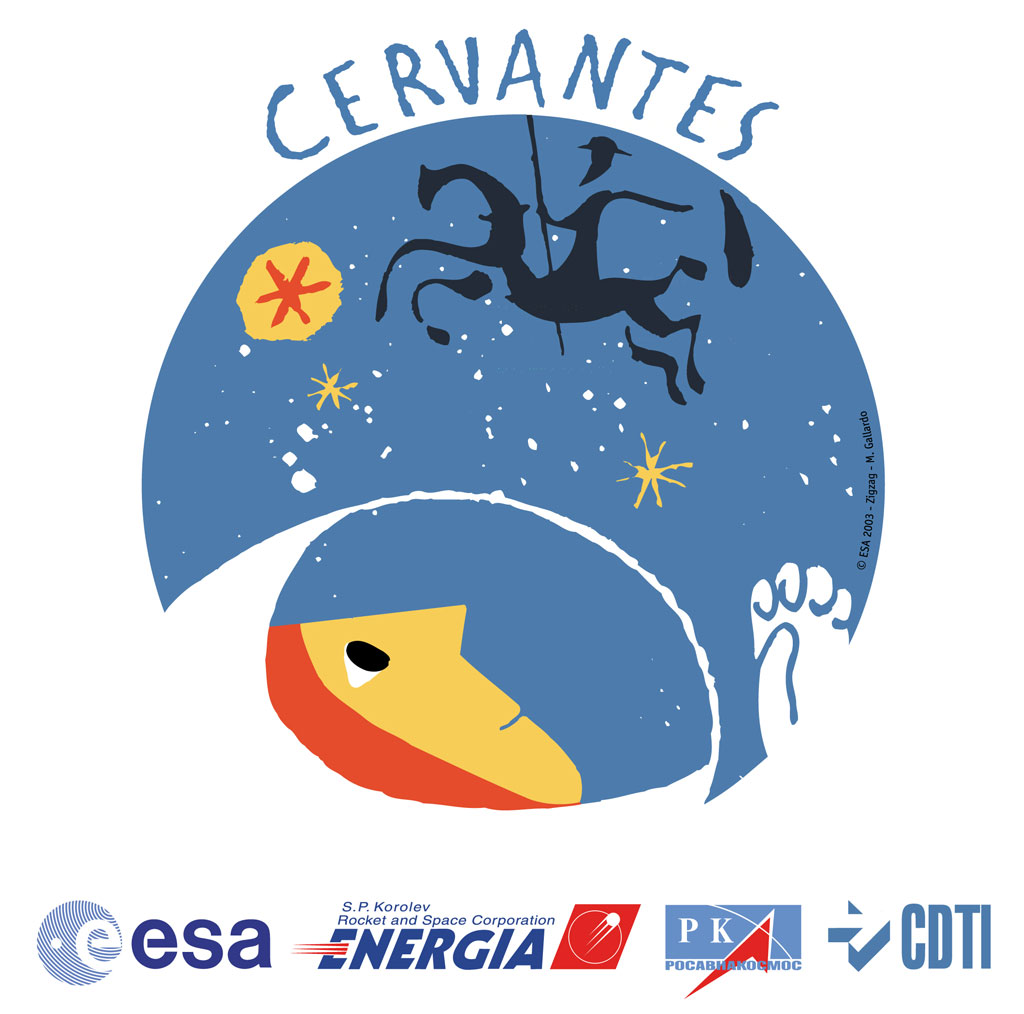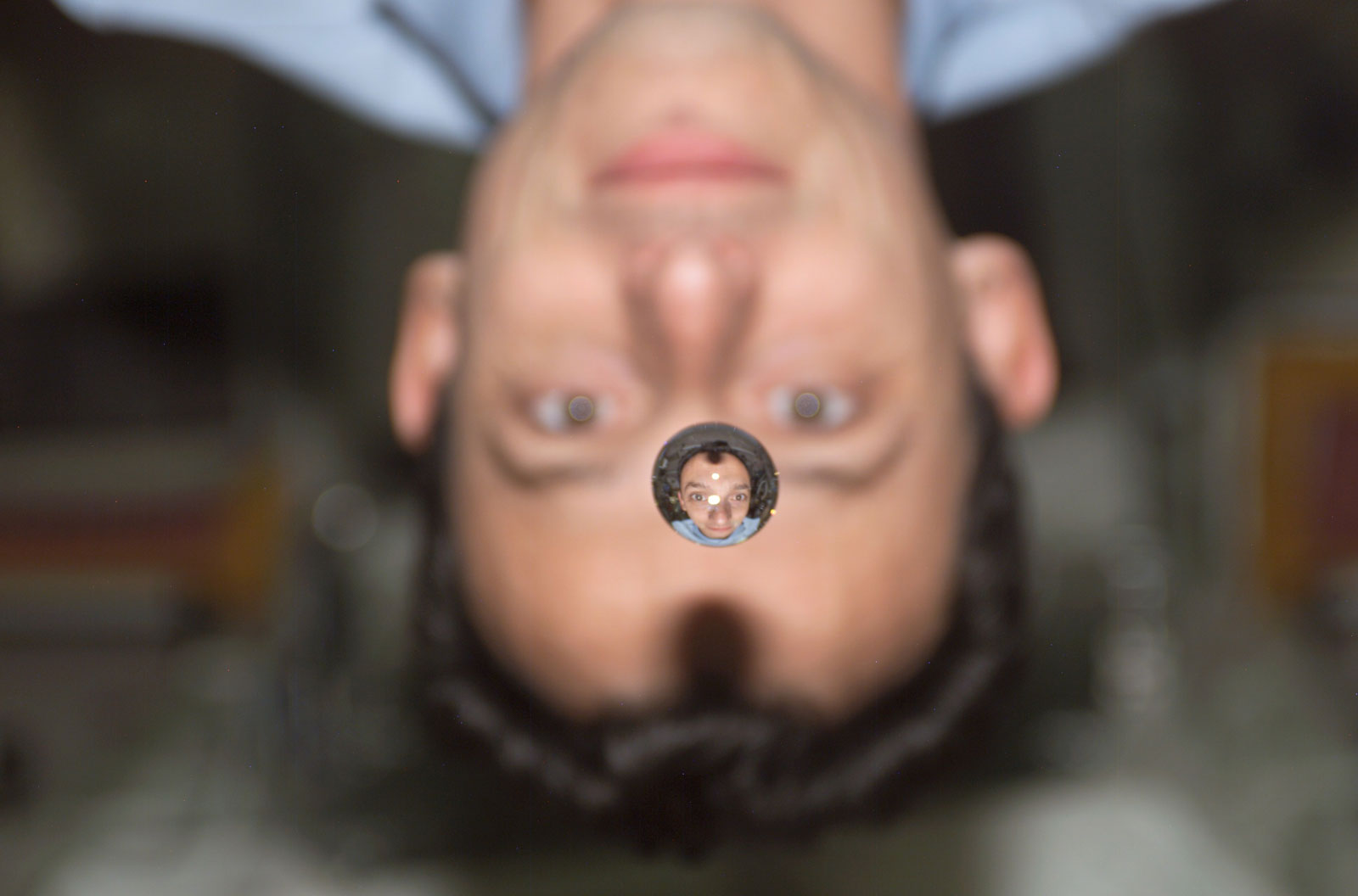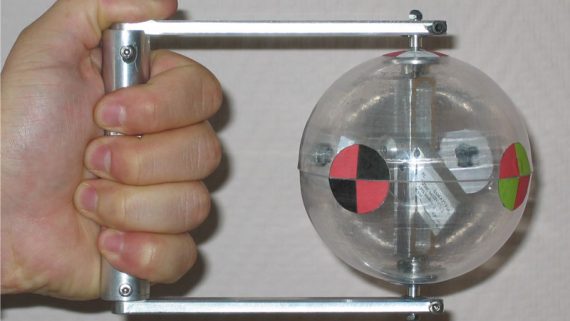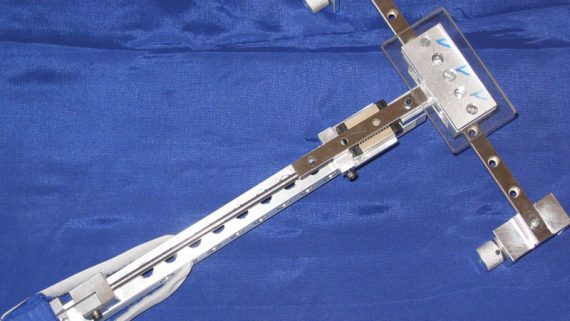Cervantes Mission
Source: ESA
Spain, through the Centro de Desarrollo Tecnológico e Industrial (CDTI) supported the flight for the Spanish astronaut Pedro Duque, in the framework of the agreement signed by European Space Agency (ESA) and the Russian Space Agency (Rosaviakosmos) in the year 2001. This agreement made possible for eusopean astronauts to fly to the International Space Station (ISS) on board Soyuz vessels between 2001 and 2006.
Significant Figures
Launch date: 18 October 2003 – Spacecraft: Soyuz TMA-3
Time to ISS: 2 days 2 hours 34 minutes
Landing date: 28 October 2003 – Spacecraft: Soyuz TMA-2
The main objectives of Mission Cervantes were:
- To carry out a full scientific experiment Programme. Duque spent about 40 hours of his eight days on board the ISS on experimental activity. He also participated in a number of educational and promotional activities with the aim of bringing the European human space programme and research performed in space to a wider public, and young people in particular.
- To increase the operational experience aboard the ISS. From a European perspective the Cervantes mission is important because it increases ESA’s astronaut experience ahead of the launch of Columbus, Europe’s own laboratory to the Space. The development of Columbus and its research facilities obtained benefits from the ‘hands on’ experience Pedro got during his stay on the ISS.
- To exchange the station lifeboat: the Soyuz TMA-2, for the Soyuz TMA-3. The Soyuz TMA spacecraft act as a lifeboat for the ISS for use in emergency situations. These are exchanged every six months to maintain the integrity of the on-board systems. The Soyuz TMA-2 spacecraft, which bought the ISS Expedition 7 crew to the International Space Station in April, will be exchanged for the Soyuz TMA-3, which will bring Pedro Duque and the ISS Expedition 8 Crew to the ISS. The Soyuz TMA-2 spacecraft will return with Pedro Duque and the Expedition 7 crew.
Source: ESA
- To exchange the current ISS Expedition 7 crew for the ISS Expedition 8 crew. In light of the Columbia accident in February 2003, the Soyuz TMA spacecraft are currently acting as the crew exchange vehicles for the ISS permanent crews. The Expedition 7 crew of Edward Lu and Yuri Malenchenko arrived on the ISS on 28 April 2003. They returned with ESA astronaut Pedro Duque at the end of his 8-day stay on the ISS
The experiments carried out during the mission covered several knowledge areas. E-USOC took part in several experiments concerning educational aspects:
This experiment focuses on the behaviour of a rigid body rotating around its centre of mass. The rigid body used in the experiment will simulate a rotating spacecraft. The objective is to prepare a video for educational purposes to demonstrate the dynamics of solid body rotation, which may occur depending on the distribution of mass of the body. Such factors can have the effect of changing the axis of rotation of a spacecraft. This kind of demonstration would be impossible in the 1g environment of Earth, and requires the 0g provided by the International Space Station (ISS). The benefits provided by this experiment are purely didactic.
Using relatively simple hardware, the experiment will illustrate the principles of dynamics, ranging from the classical rational mechanics of solid bodies to the continuous media mechanics. Also, experimental video material will be prepared for educational purposes. The behaviour of transparent closed containers (having the same size and total mass) filled with solid bodies (spheres) of different radii, will be analysed. The mass of the content of each container is the same in all cases.
In the following video you can see APIS in action:
For further information have a look to this complete description of Cervantes Mission (PDF, 4.6MB)
